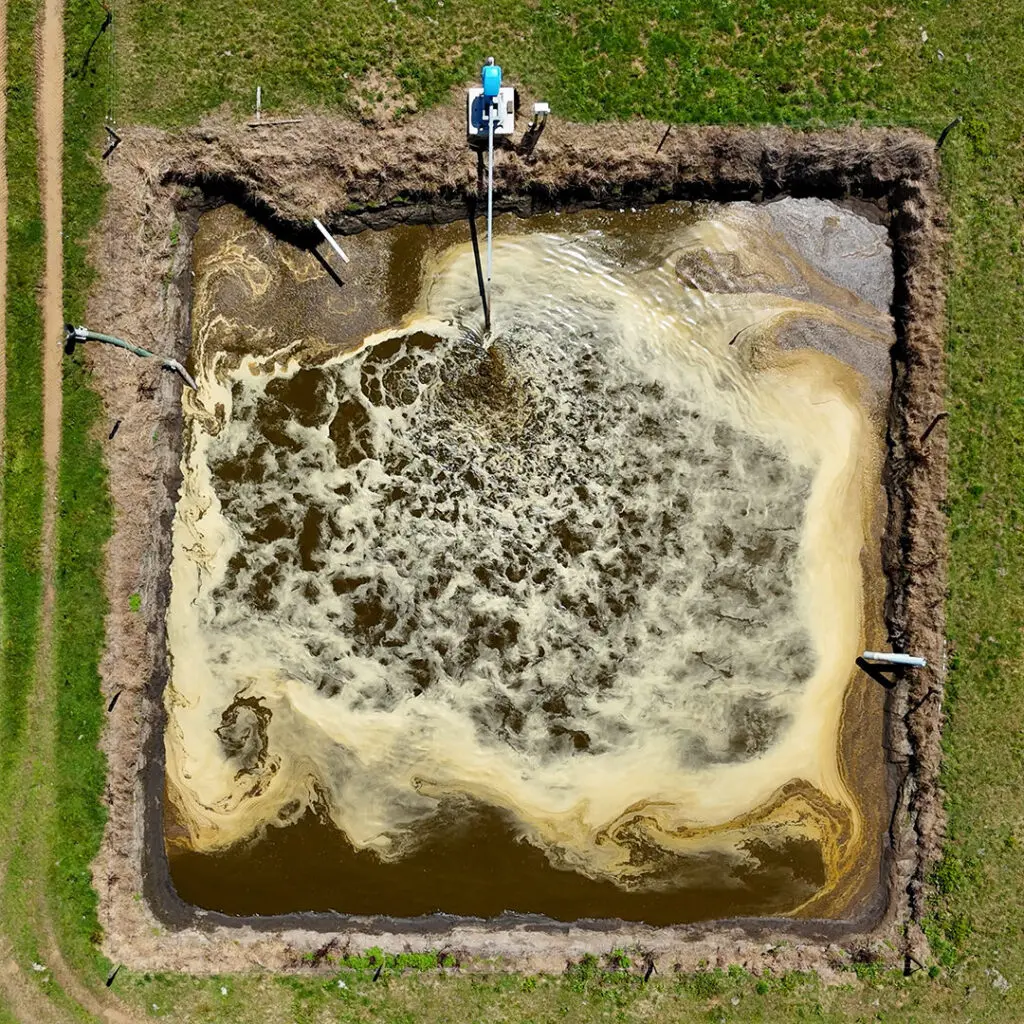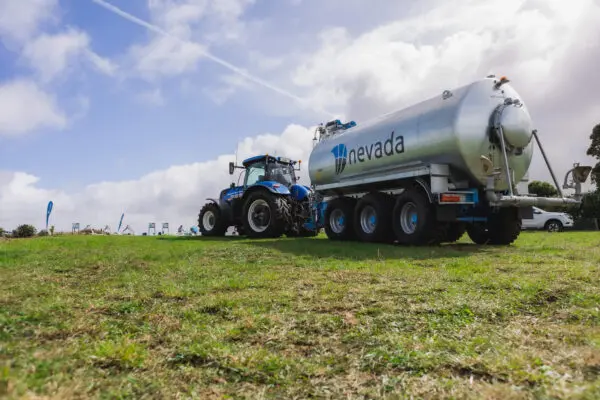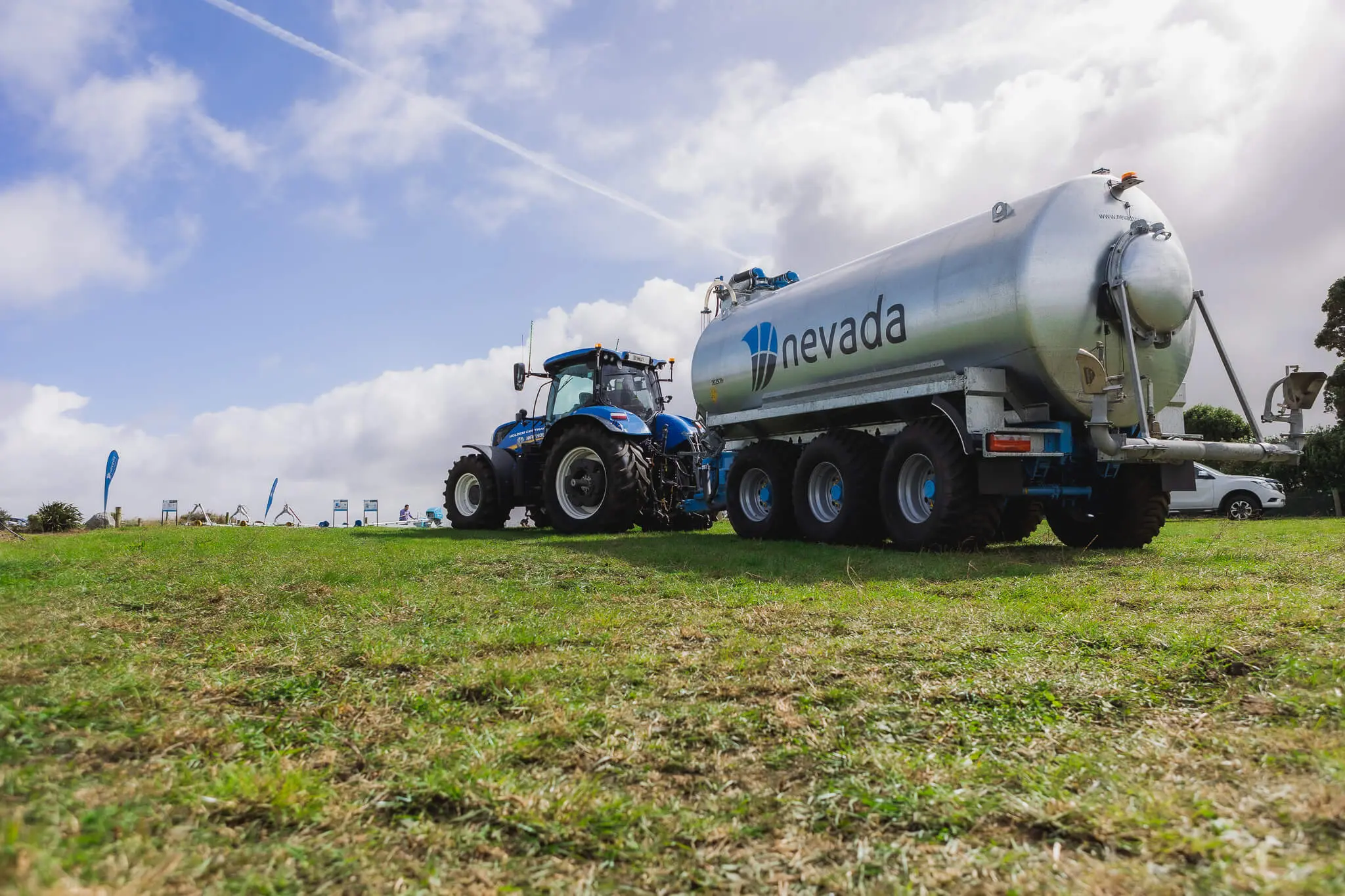- Sustainable Effluent Management
The electric pond stirrer should be installed as close as practically possible to the pond with the base as low as possible to ground level (no higher than the manufacturers recommendation). The aim is to have the stirrer angled as horizonal as possible into the pond, hence longer stirrers are often the recommended option.
If in doubt, talk to an accredited effluent management system designer for recommendations.

In most instances it is recommended an electric pond stirrer be positioned on-shore, halfway along the longest side of the pond and angled facing directly towards the opposite side of the bank.
With horizontal stirrers the depth of the propeller is critical. The aim is to achieve a horizontal push which allows the moving body of water to pull in solids from the top and bottom of the pond.
For best results, lower the stirrer down until splashing stops. The propeller should be sitting approximately 300mm below water level.
As stated above, mostly the pond stirrer should be angled facing directly towards the opposite bank. Once every 1-2 months the stirrer should be rotated as far as possible to the left or right to create a swirling motion and collect any sediment from corners.

The stirrer should be set to run continuously for at least half an hour to an hour before switching the pump on. Ultimately the stirrer should continue to run for the duration of pumping.
If you are storing effluent for longer periods of time, it is recommended to give the pond a stir at least every 1-2 weeks, running the stirrer for half an hour to an hour.
To keep your electric pond stirrer in good working order it’s recommended the stirrer be brought out of the pond on a monthly basis for regular greasing and a quick check over.
"*" indicates required fields

"*" indicates required fields

"*" indicates required fields

"*" indicates required fields

